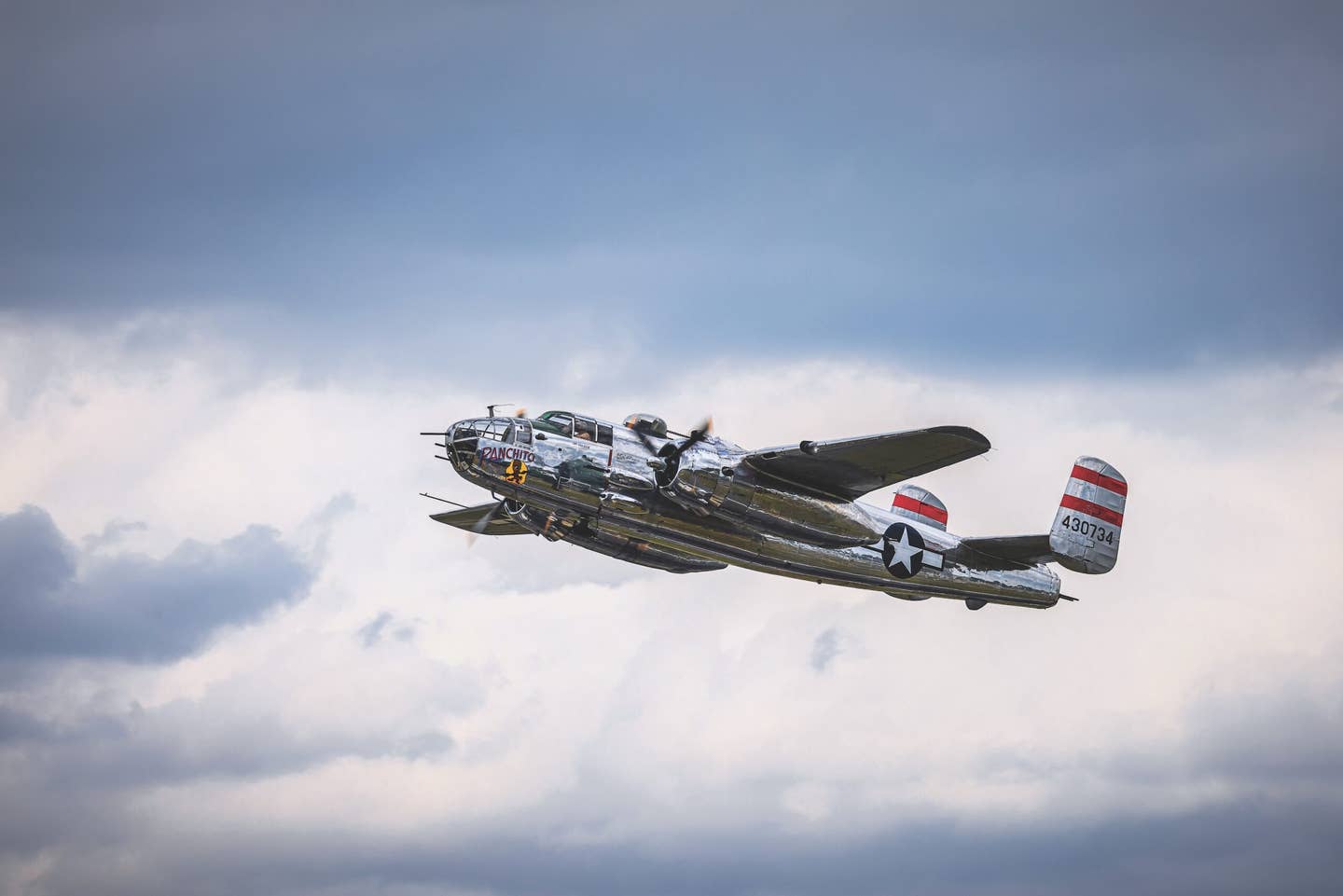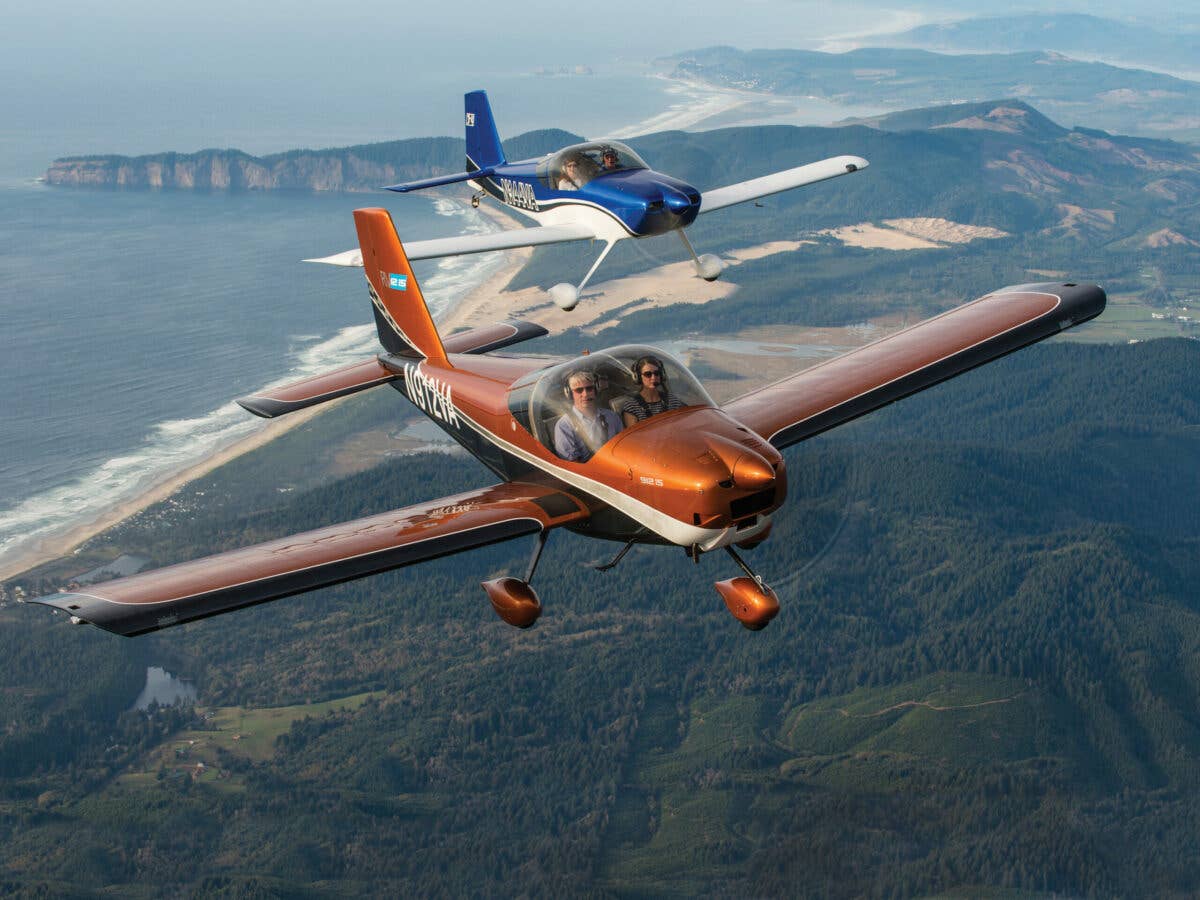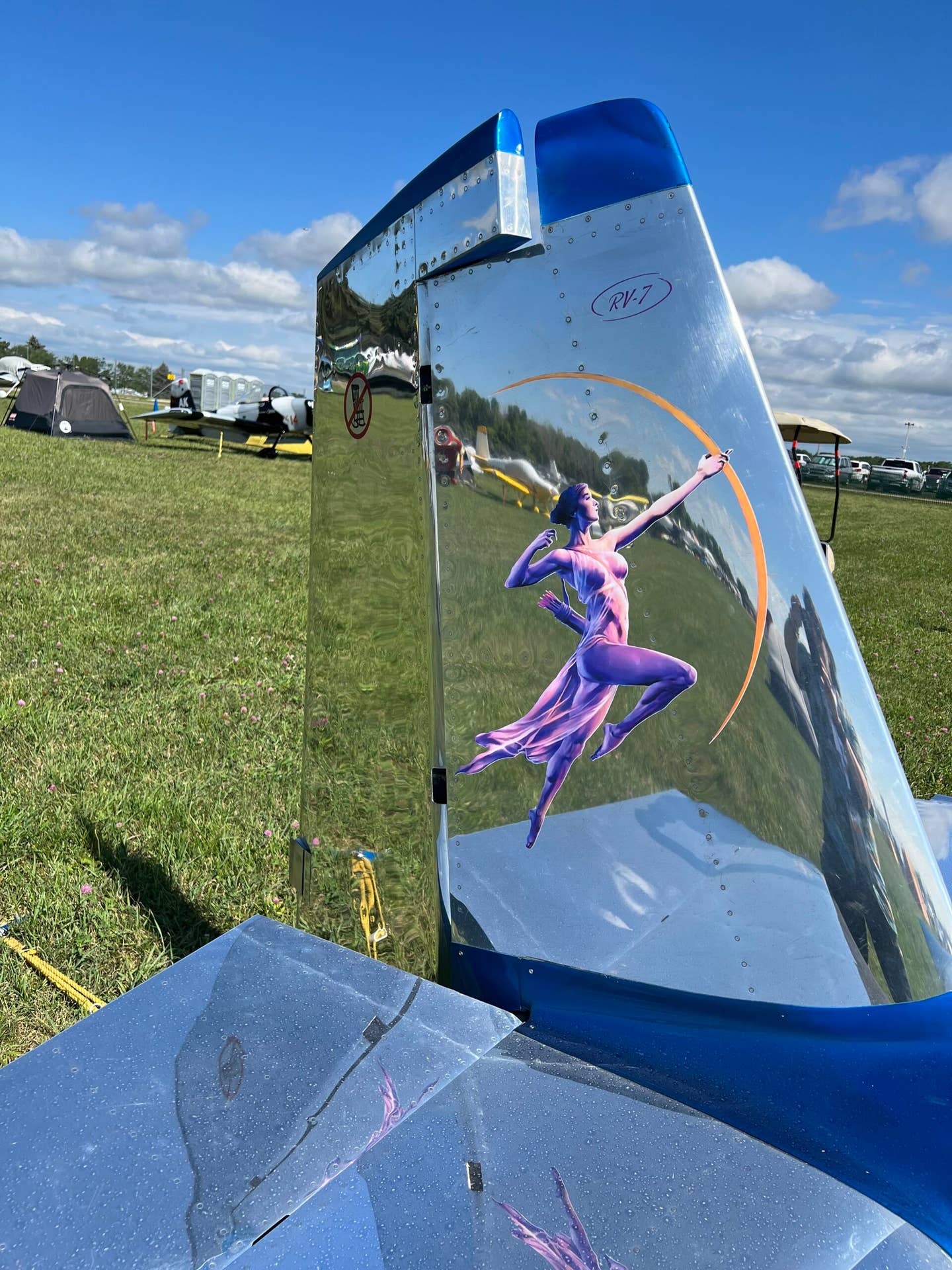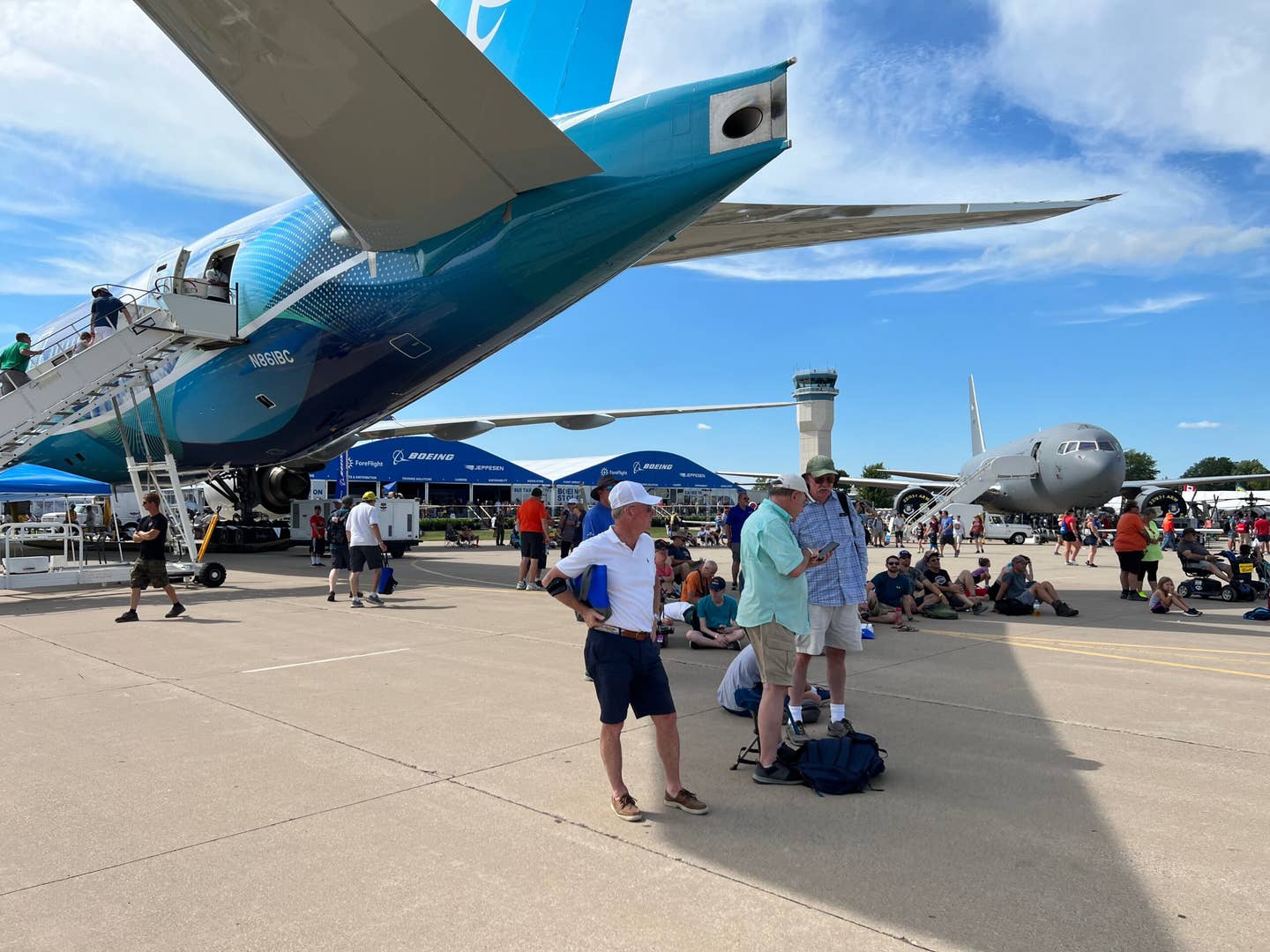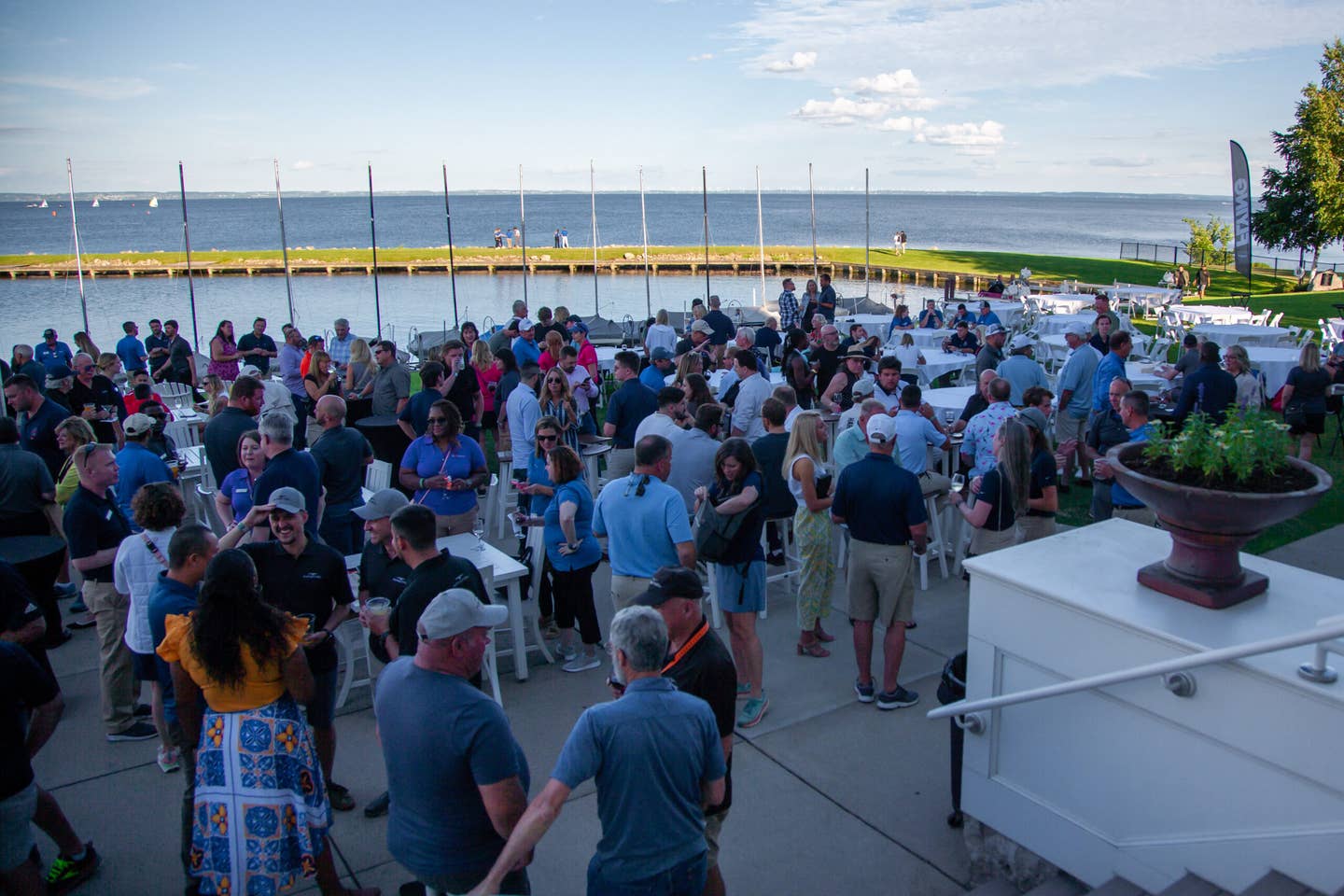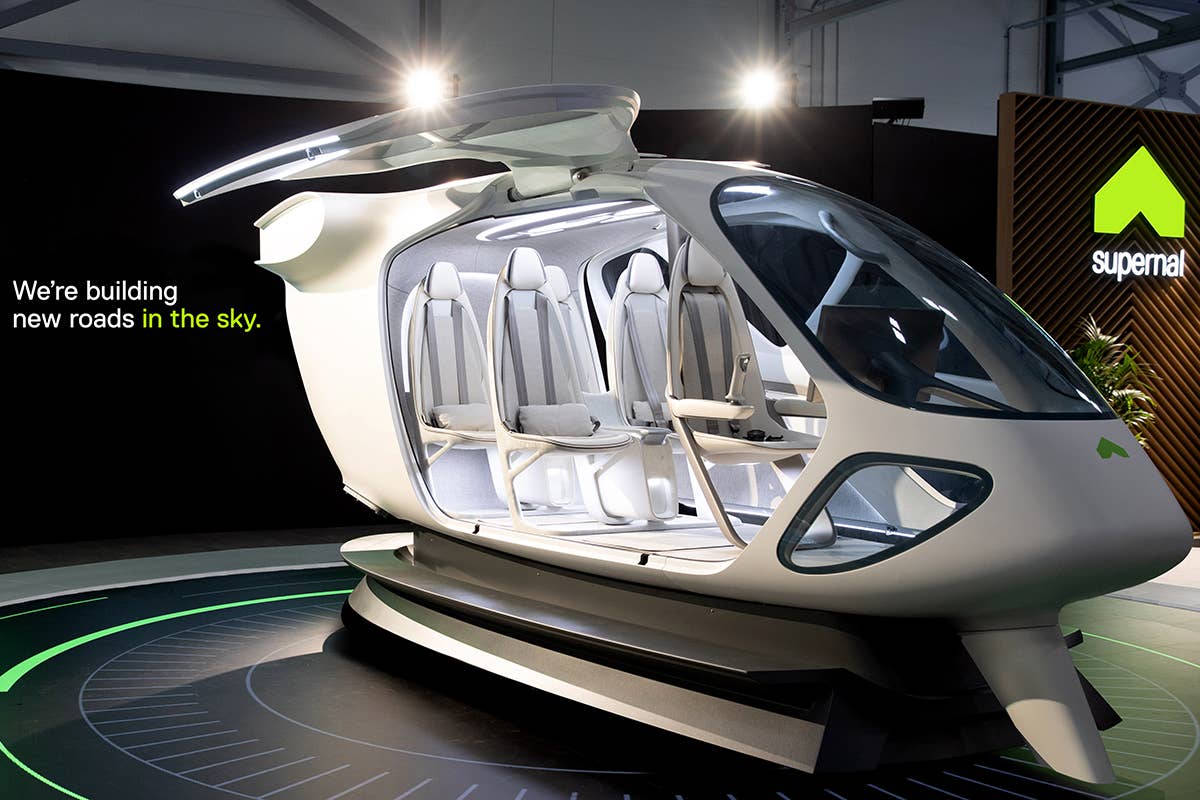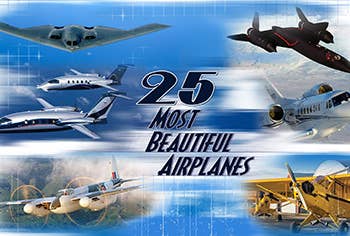
While we can name hundreds of really smart, powerful, utilitarian or awesome airplanes, there are far, far fewer of them that we would call truly "beautiful." What is it that makes an airplane an aesthetic wonder? Some might tell you it's all in the eye of the beholder, but they're wrong. Beauty in an airplane comes from a symmetry of components, a coherent identity and a compelling presence. The Piper Aztec is a useful airplane; the Beech Baron (not on our list) is a beautiful airplane. While you might come up with an airplane or five you think we should have included, we doubt you'll find fault with the ones that did make the cut. We're also pretty sure that you'll agree with our choice for number one, the most beautiful airplane ever. As always, we'd love to hear what you think. Enjoy.
Get exclusive online content like this delivered straight to your inbox by signing up for our free enewsletter.

Sign-up for newsletters & special offers!
Get the latest FLYING stories & special offers delivered directly to your inbox

